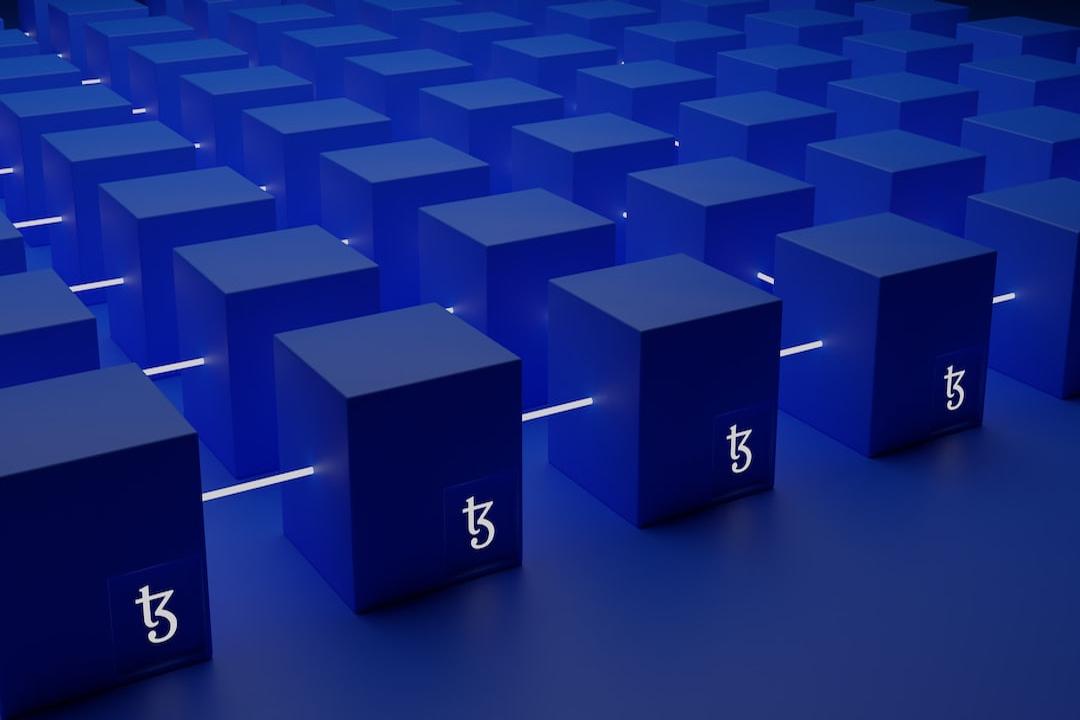Disclaimer: The thoughts and opinions expressed in this article are the sole responsibility of the author and do not necessarily reflect the views or opinions of the editorial team at crypto.news.
Bitcoin, introduced in 2009, has emerged as a safeguard against inflation and has been declared legal tender in countries like El Salvador. By March 2024, the market valuation of BTC’s circulating supply had surged to $1.4 trillion, surpassing silver to become the 8th most valuable asset globally.
Despite Bitcoin’s dominance in the crypto space, a significant portion of BTC remains inactive in user wallets. The vast reserves of liquidity in Bitcoin have remained largely untapped due to scalability issues within the network. Additionally, Bitcoin lacks support for programmable smart contracts and has a 10-minute block finality time, hindering developer activity and the expansion of decentralized finance services on the platform.
Efforts have been made by developers to enhance Bitcoin’s capabilities for decentralized finance. Upgrades like Segregated Witness (SegWit) and Taproot have aimed to improve transaction speeds and block capacities. Developers like Casey Rodarmor have launched initiatives such as Ordinals and Runes to create NFT-like assets and fungible tokens on the Bitcoin blockchain, unlocking new possibilities for growth and innovation within the Bitcoin ecosystem.
Layer-2 solutions like Stacks have further expanded Bitcoin’s utility by offering smart contract functionalities. The Stacks Nakamoto upgrade, introduced in mid-April 2024, has significantly reduced transaction processing times and enhanced Bitcoin’s block finality, paving the way for the rise of Bitcoin DeFi.
While the total value locked in DeFi protocols surpassed $80 billion in February 2024, the absence of liquidity from Bitcoin reserves is notable. Most funds for DeFi applications are sourced from Ethereum, with Bitcoin DeFi accounting for a small fraction of the market. However, the potential for growth in Bitcoin DeFi is immense, with projections suggesting a 7-fold increase in market opportunities.
Protocols like Ordinals, Runes, and layer-2 networks like Stacks are pivotal in unlocking the potential of Bitcoin DeFi, allowing users to access underutilized BTC reserves while maintaining the security and decentralization of the Bitcoin blockchain. Despite concerns from some Bitcoin maximalists, the introduction of memecoins and NFTs could drive further adoption and development within the Bitcoin DeFi space.
As we enter the Bitcoin DeFi summer, the true potential of Bitcoin-powered financial services will begin to unfold, offering users worldwide access to permissionless financial solutions. The expansion of smart contract functionalities and scalable DeFi applications in 2024 will further accelerate the growth of the Bitcoin DeFi market, realizing Satoshi Nakamoto’s vision of an alternative financial system.

